The Klettgau Formation spans a long time period from the Middle Carnian to the Rhaetian in the Late Triassic, covering up to around 30 million years (Jordan & Deplazes 2019). It has generally only limited age constraints. Four timelines were picked within the Klettgau Formation (227_Car_200, 227_Car_100, 208.5_Nor_200, 208.5_Nor_100) that broadly follow corresponding lithostratigraphic boundaries (Top Ergolz Member, Top Gansingen Member, Top lower part of Gruhalde Member, Top Seebi Member; Fig. 4‑15). Between the top of the terrestrial Klettgau Formation and the overlying marine Staffelegg Formation there is a major diachronous unconformity that may encompass more than the entire Rhaetian, i.e. more than seven million years. However, also at the base and within the Klettgau Formation there are several unconformities that seem to have a supraregional character; the most prominent being the Old Cimmerian unconformity that encompasses a gap of several million years (Fig. 4‑14). They emphasise the discontinuous character of sedimentation in this depositional environment (Beutler 2005, Jordan et al. 2016a).
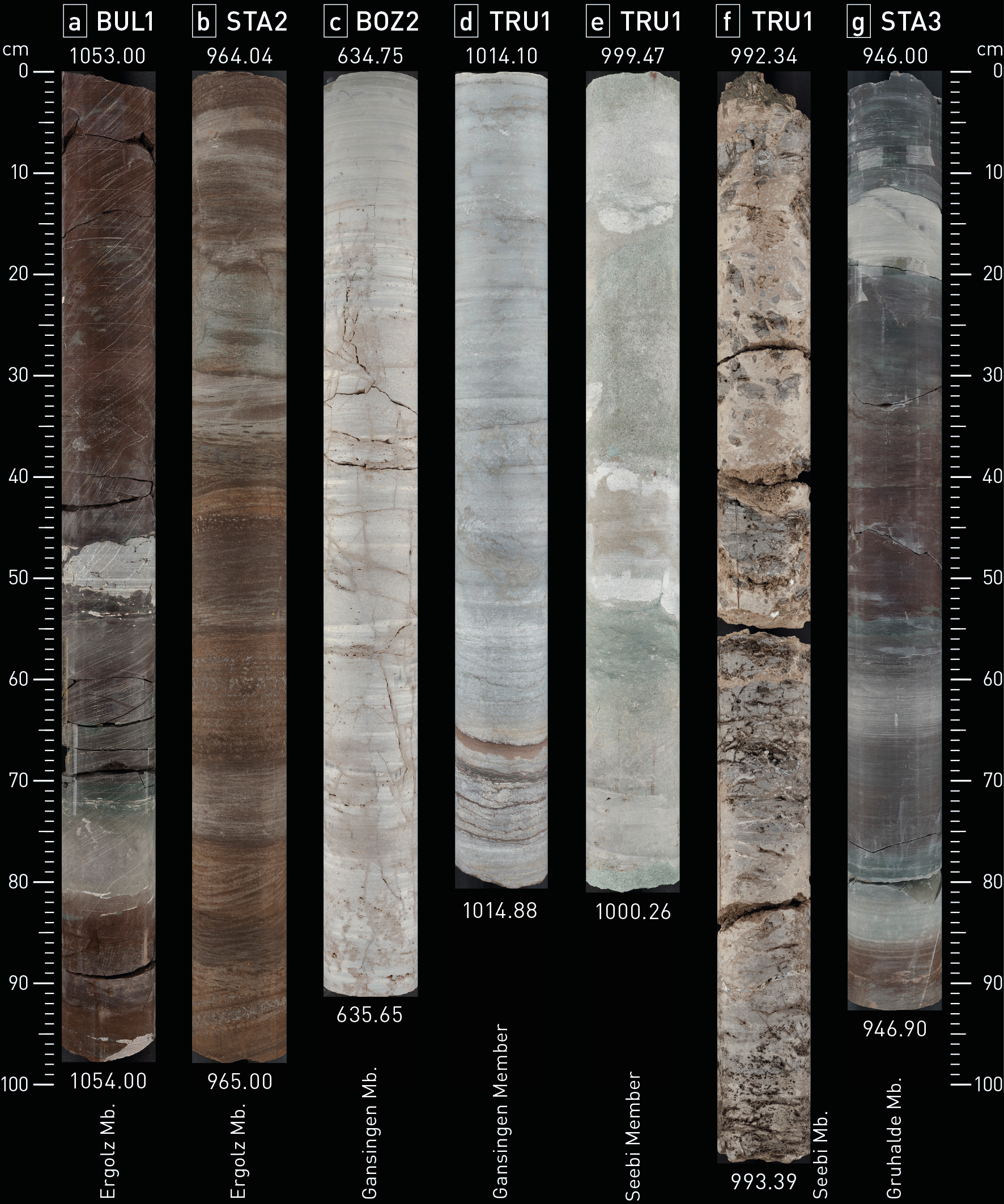
Fig. 4‑16:Selected core photos of the Klettgau Formation
(a) Grey violet, red to grey green dolomitic marl (silty) with light grey pedogenic anhydritic nodules (possibly partly dolomitised); (b) reddish brown to grey sandstone (dolomitic, argillaceous); fine- to medium-grained, with cross-bedding; (c) beige grey dolostone with bivalves, vugs and fracture network; (d) light grey to white anhydrite, laminated to nodular with reddish brown, argillaceous laminae at bottom; (e) light greenish sandstone (dolomitic), medium- to coarse-grained, with very light grey dolocrete nodules; (f) dark grey and pale pink brecciated dolostone, subordinate sandstone and limestone with a texture similar to rauhwacke and frequent vugs; (g) pale green and violet argillaceous marl (dolomitic, silty) with light grey nodules and nodular layers, at base reddish brown argillaceous sandstone.
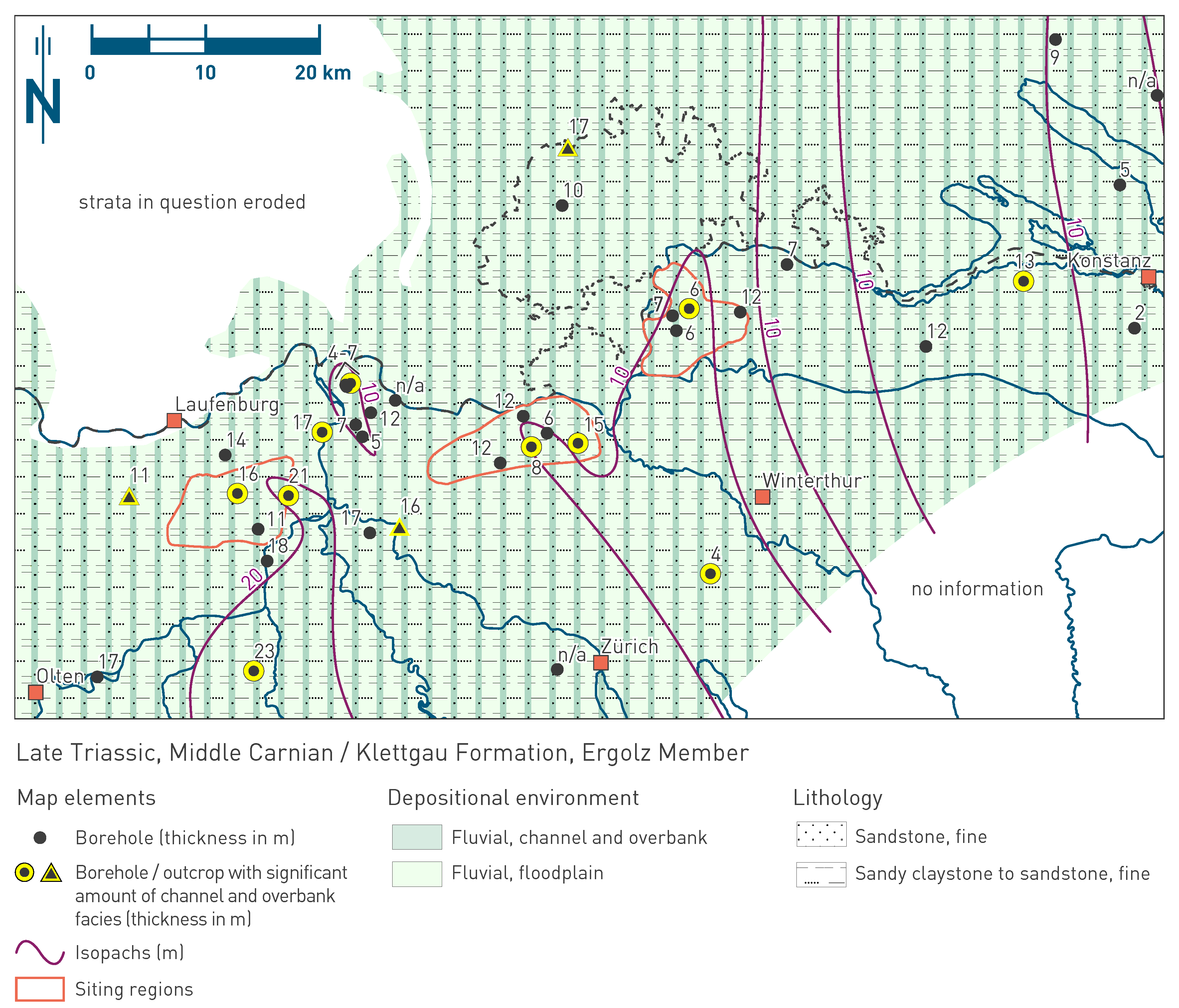
Fig. 4‑17:Map of depositional environments during the Late Triassic (Middle Carnian) preserved in the Ergolz Member of the Klettgau Formation
Refer to Fig. 4‑3 for a schematic representation of depositional environments. The north arrow refers to present-day geographic north.
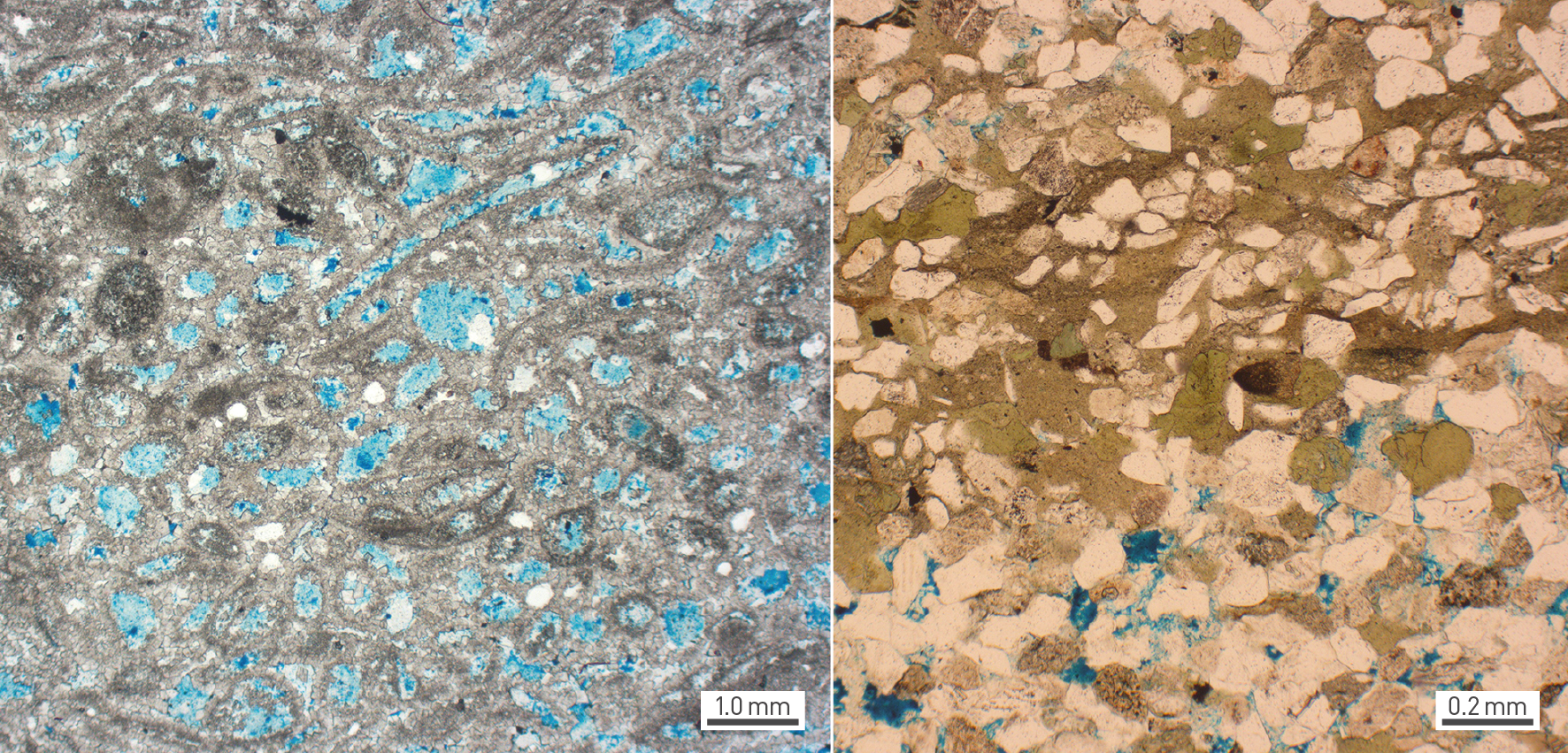
Fig. 4‑18:Microfacies of porous dolostone and sandstone with argillaceous matrix and open pores
Pore space filled with blue coloured glue. Left: Originally bioclastic, oolitic limestone which was dolomitised and leached, leading to open pores (leached ooids and bivalves); example from Gansingen Member, BOZ1-1-706.90 (Nagra (ed.) 2022a, Dossier IV). Right: Sandstone (argillaceous) composed of quartz grains and numerous rock fragments (greenish and brown components), as well as argillaceous matrix and open pores. Example from Ergolz Member, BAC1-1-975.74 (Nagra (ed.) 2023a, Dossier IV).
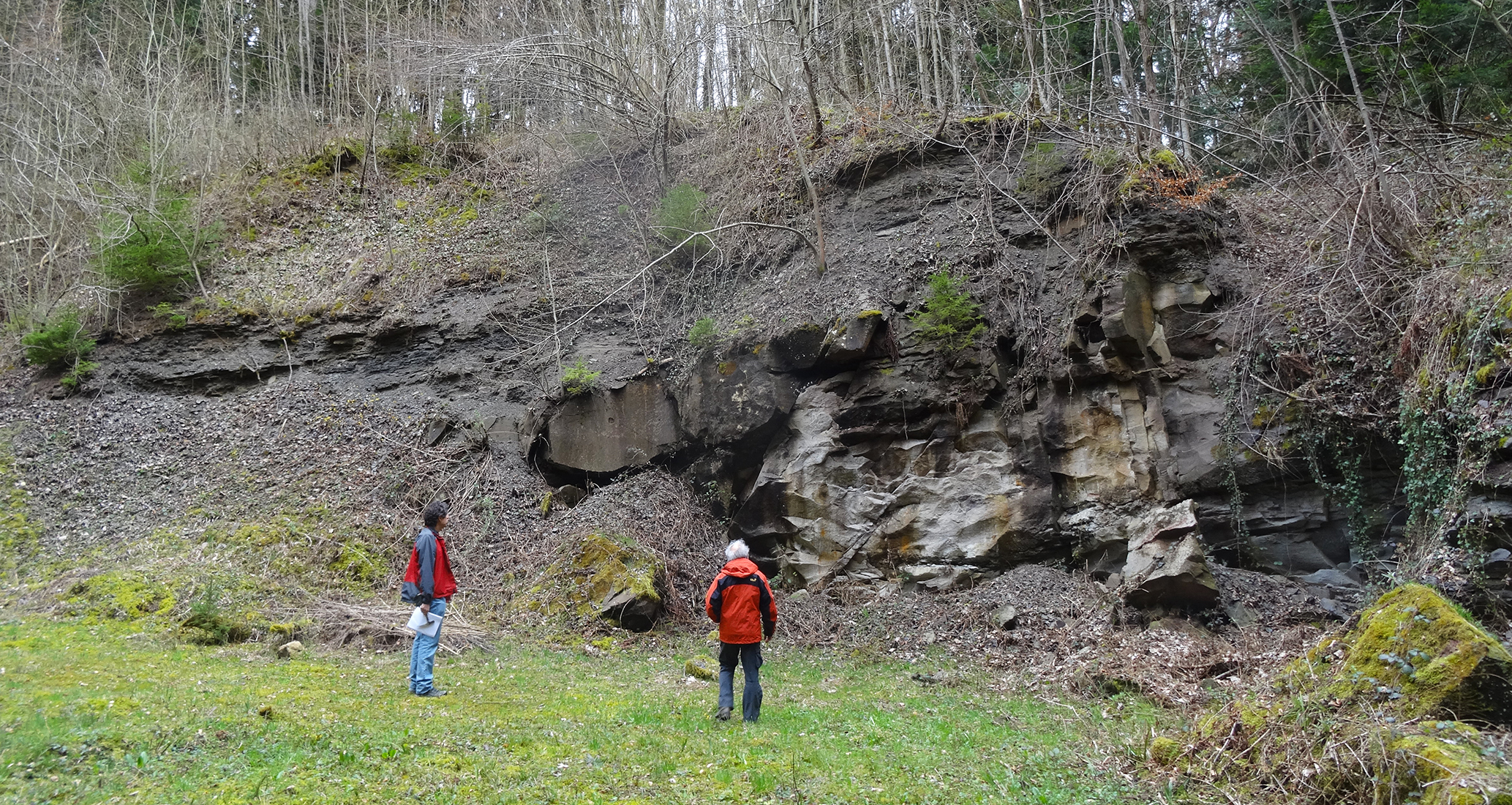
Fig. 4‑19:«Channel facies» intercalated with «floodplain facies» in the Ergolz Member at Steigrabe in Hemmiken
«Channel facies» on the right as weathering-resistant sandstone, «floodplain facies» on the left as non-weathering-resistant dolomitic marl (Jordan et al. 2016a).
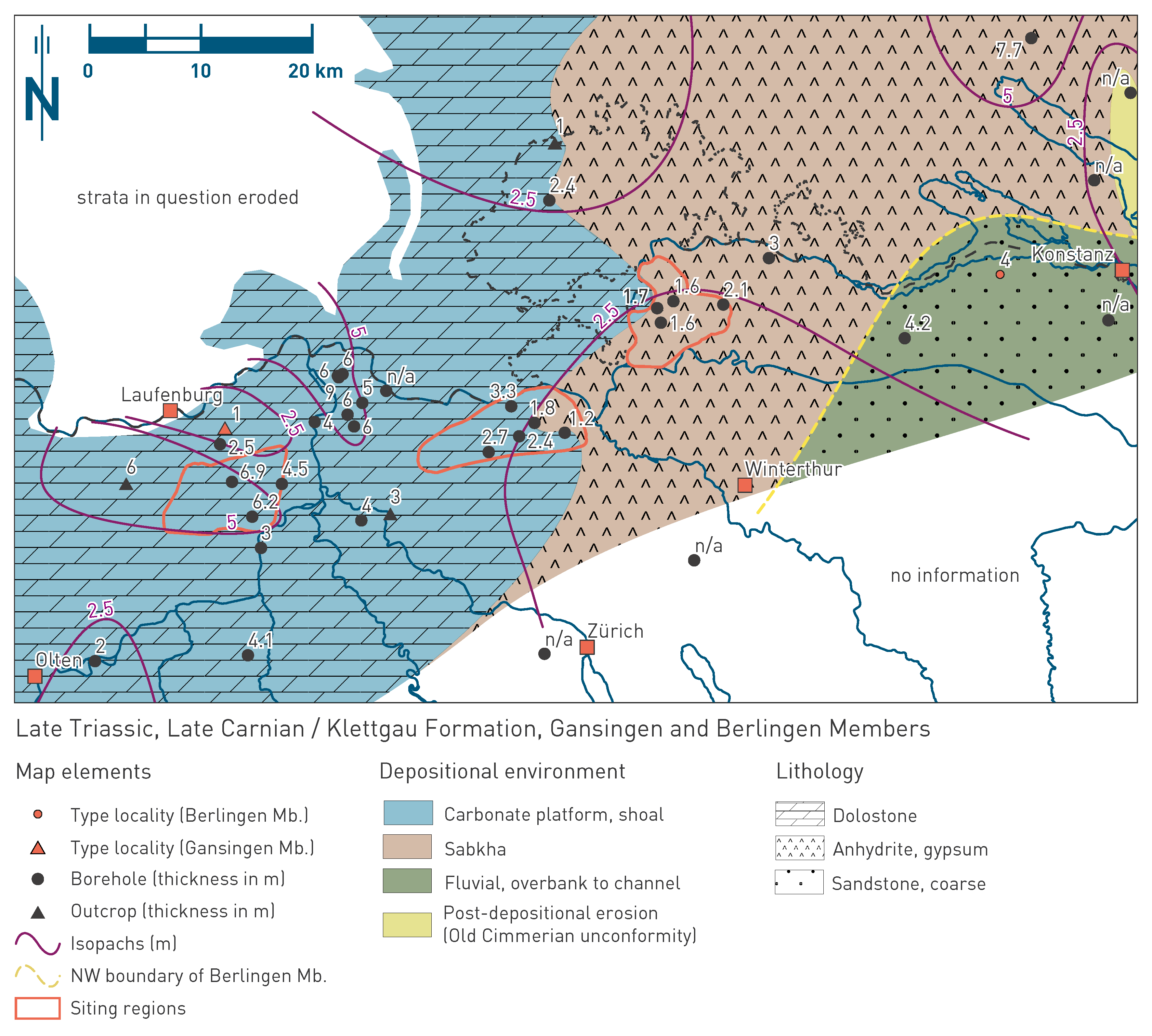
Fig. 4‑20:Map of depositional environments during the Late Triassic (Late Carnian) preserved in the Gansingen and Berlingen Members of the Klettgau Formation
Refer to Fig. 4‑3 for a schematic representation of depositional environments. The north arrow refers to present-day geographic north.

